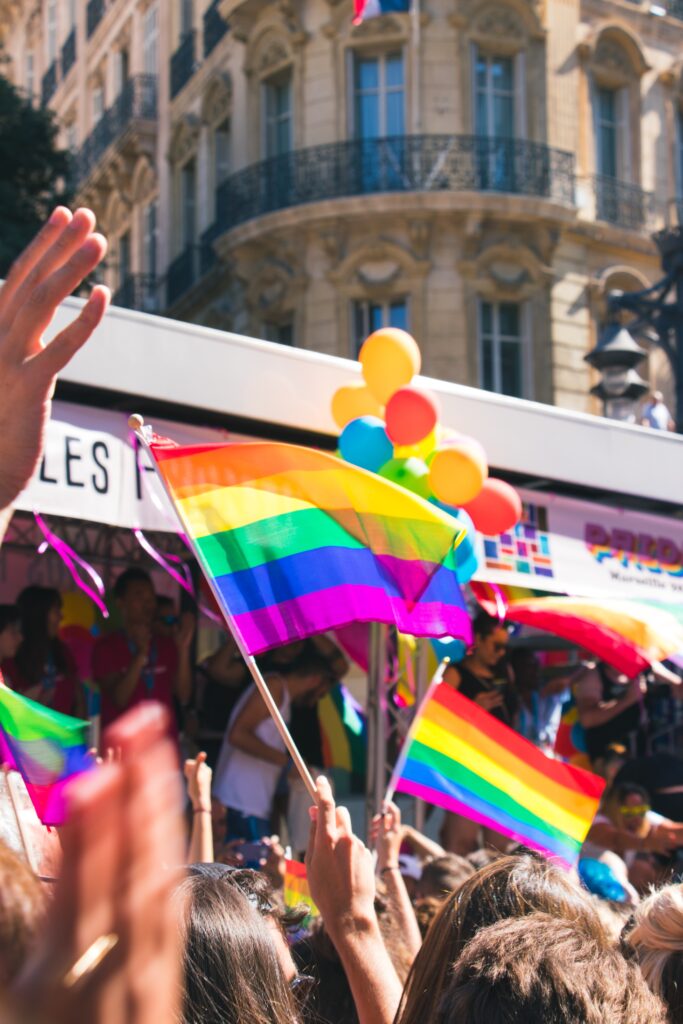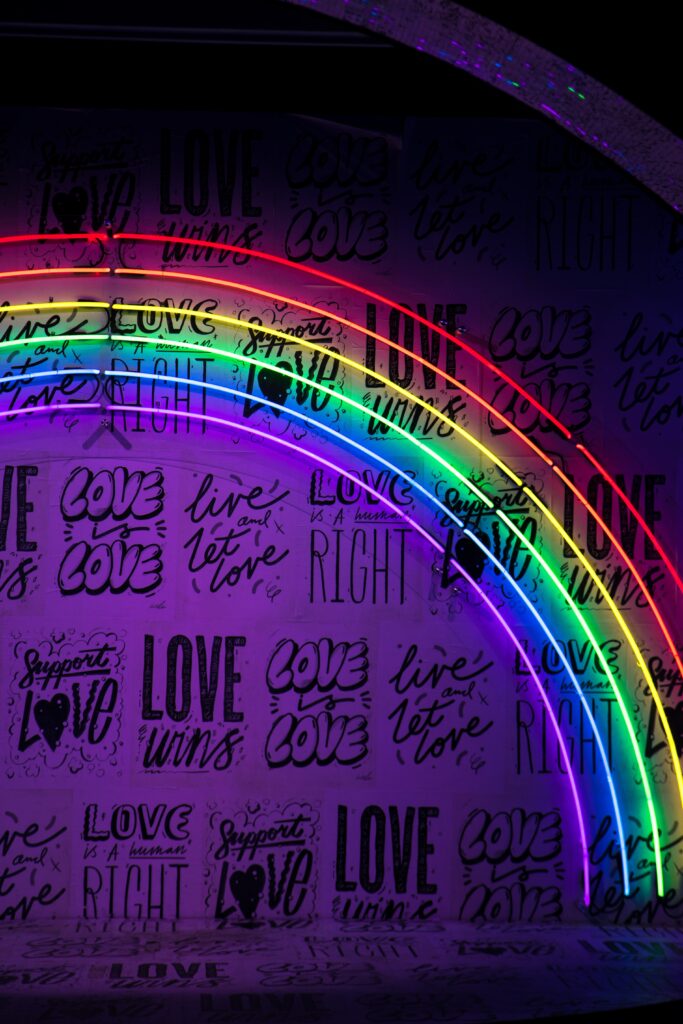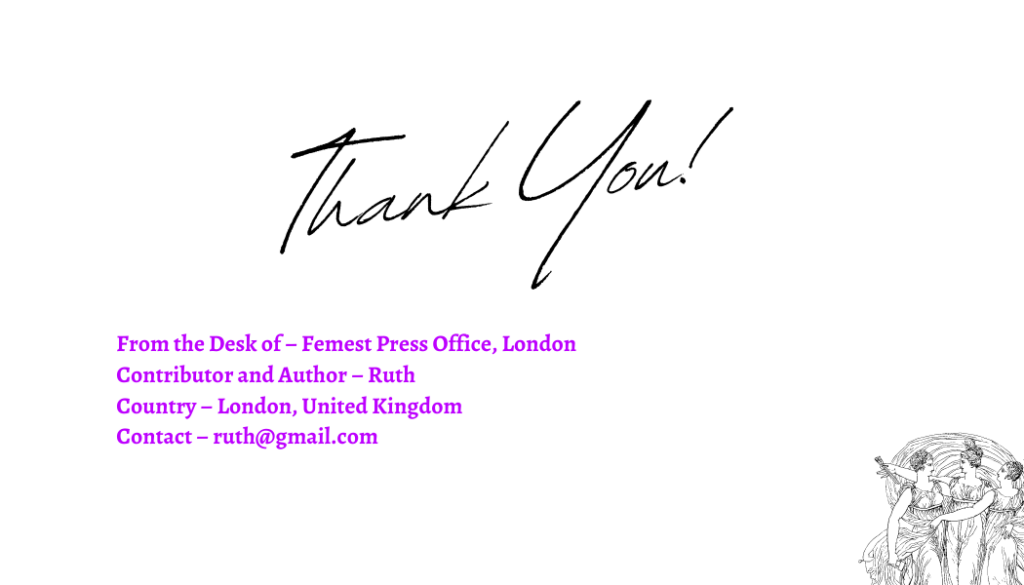What is Pride Month, and why is it celebrated?
After a decade of being told by many people that Pride was not just important in the world of business, that it wasn’t something worth celebrating, and that we should instead “celebrate our differences” or “make this a journey, not a destination”, I finally had enough. We live in an age when equality is a global issue — not just politically but practically.
There is a great deal of progress to be made regarding LGBTQ rights and inclusion. We need to focus on this progress daily: schools forcing LGBTQ students to dress in clothing they don’t like; retailers are refusing to stock clothing for them; police officers harassing them on the street; and so on.
The origins of Pride Month go back further than its current incarnation. In 1982 Eric Schlosser wrote an essay entitled “Pride Is Not A Gay Issue”, arguing that Pride is an issue of gender equality rather than sexual orientation (he also argued against the use of gay pride as an umbrella for political activism).

For those who are not aware: the term pride is for various things over time: from celebrations around religion, war or slavery; through national celebrations following significant events such as political elections; to global celebrations following major sporting successes or peace agreements or other international events or achievements (though it has also been used disparagingly as something associated with backwards hicks; it is sometimes used as an insult when referring to effeminate men).
There is no single definition for Pride but what follows broadly reflects what we are talking about here: Pride has historically been used as an inclusive term referring both positively and negatively.
What are the origins of Pride Month?
Pride is a social movement, and it is an expression of Pride. Pride is a particular set of values and beliefs people who value them have about their lives and community. They are proud of how they live, are treated, how they are seen and heard, and how others see them.
For some people, Pride is about celebrating being themselves.
For others, celebrating who they are with their partners, families, friends and allies.
For others, it’s about recognizing how much good we do on a global scale.
Pride values can be a very personal thing too.
We believe that when we celebrate ourselves as ourselves, we are also honouring those who feel like themselves too. Doing this makes us all part of something bigger than ourselves for one another: our love of each other makes us part of something bigger than just us; our love of each other makes us part of something bigger than just us.
Of course, we don’t need to “celebrate” this kind of love (we believe it exists), but we should be proud that it exists because it gives hope to those who feel like they don’t deserve to feel like this too — or to those who do deserve to feel like this.
What do people do during Pride Month celebrations?
Pride Month is a time to celebrate our differences and love who we are. It’s also a time for us to reflect on how we can continue celebrating them — both within our communities and worldwide. We must do both because everyone deserves the freedom of expression and the autonomy of self-determination. But some people may be much more sensitive than others, or they may not know how to celebrate their differences in an inclusive, safe, and welcoming way. So this month, we want to share with you some of the best ways you can celebrate Pride Month events in your community.
Don’t feel like you have to do anything specific; go out into your community and enjoy yourself as much as you want — no need for anything special!
Check out local events in your area; many local communities host events throughout Pride Month (and are doing so even without any official notice from GSOH). Many groups also use Slack channels or other platforms to announce events they host or organize locally, so if you don’t already have an account on those platforms, it’s worth checking out the ones that interest you!
Check out other places on social media where people celebrate Pride Day (or announce it yourself via Slack or Google+ Hangouts). There are so many variations on this theme that it’s worth checking out but remember: there is no “right” way! You will find many excellent representations of diversity in different parts of society all year round — look around at all the variations!
How has Pride Month evolved over the years?
Pride Month has evolved from celebrating gay Pride in the US to an international event. While some may find it confusing, we hope this post will help you understand what it means to be LGBTQ.
In the early days of Pride Month, there was no official theme or explanation for it (not even one that was particularly LGBTQ-friendly). Instead, it was just a month celebrating various events and celebrations related to being gay and lesbian.
Pride Month is undoubtedly not a defensive wall against homophobia; it is a celebration of all things gay and lesbian. But as more and more people come out, they look back on their lives and realize they are part of something larger. As a result, pride Month has evolved into an annual national event — why it is essential to remember the history behind who we are today.

The earliest version of Pride Month can be found in 2002, when the first annual event took place in San Francisco:
In 2002, the first year that Pride Month was celebrated as a national event, was also the first year that people began organizing huge events around being gay or lesbian.
Why is Pride Month still relevant today?
Pride month is a particular time of year when you can celebrate the diversity that makes your community better and recognize the contributions of the LGBT community. As such, it is an appropriate time to reflect on all aspects of diversity, inclusiveness and tolerance.
How you can show your support for the LGBTQ community year-round
One of the most common things that people ask me about is the LGBTQ community and Pride Month. So, of course, I try to respond as best I can, but it’s a difficult question to answer.
Pride Month was first known as Gay and Lesbian Freedom Day in the 1940s when homosexuality was still illegal in many parts of the country (and much of Europe). Since then, it has grown into a summer-long celebration of equality celebrated in over 180 countries worldwide.
It’s also a time for mental health awareness, with organizations such as Amnesty International working to combat stigma and raise awareness about violence against LGBTQ people.
Pride Parades/parades: These have historically been significant parts of pride month celebrations, with recent examples including parades in San Francisco, New York City and Atlanta. Sometimes, they are part of more important events such as parades culminating at the city’s Pride Festival or Bay Area Pride Parade.
These are often well organized by local organizations and participants who don’t necessarily want to be associated with pride groups or the parade itself. Many cities are not coordinated with any particular event but will happen independently without outside partner involvement. Often they happen on their street corner or within an area where they won’t draw too much attention (such as along a busy main drag).
Pride functions/weddings: Many local businesses host special events during pride month; however, these can be just as celebratory as their parade counterparts if done well (e.g., incorporate cultural activities like food trucks). Again you don’t need to be part of any wedding organization, but if you do use one, then make sure it is by someone who wants your business to be associated with pride month activities (as opposed to one who does them because they want you there). If someone asks for this help, then politely explain that your company doesn’t participate in these types of events — or even if you do choose to participate (within reason), then make sure it doesn’t come across as being forced upon you.
Parade floats: Some cities have rules against having floats — such as San Francisco’s specific ban on floats during certain times.

